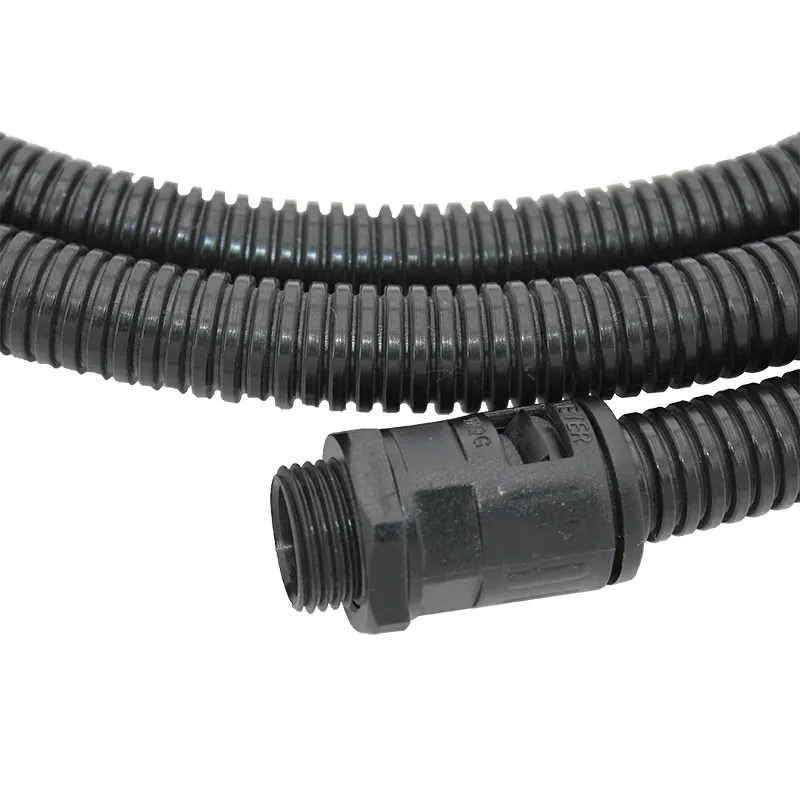Innovative Solutions for Cable and Hose Management Systems in Modern Industrial Applications
Understanding Cable & Hose Carriers Their Importance and Applications
In the realm of industrial machinery and automation, the efficient management of cables and hoses is crucial for ensuring smooth operations and preventing failures. Cable and hose carriers, also known as energy chains or drag chains, play a vital role in supporting and organizing these essential components. This article delves into the significance, functions, and various applications of cable and hose carriers.
The Role of Cable and Hose Carriers
Cable and hose carriers are designed to guide and protect flexible cables and hoses, especially in dynamic environments where movement is prevalent. These carriers are typically constructed from robust materials, such as plastic or metal, which can withstand harsh conditions, including exposure to chemicals, extreme temperatures, and mechanical wear.
The primary function of these carriers is to prevent tangling and damage that can occur when cables and hoses are in motion. By providing a designated pathway for these components, cable and hose carriers ensure that they remain organized and functional over time. This organization not only enhances the longevity of the cables and hoses but also reduces the risk of workplace accidents caused by tripping over loose wires or hoses.
Types of Cable and Hose Carriers
There are various types of cable and hose carriers available, each designed for specific applications and environments. Some common types include
1. Open vs. Closed Carriers - Open carriers provide easy access to the cables and hoses for maintenance and replacement. - Closed carriers offer enhanced protection against external elements, making them ideal for harsh environments.
2. Lightweight vs. Heavy-Duty Carriers - Lightweight carriers are suitable for smaller applications, such as robotics and automated machinery. - Heavy-duty carriers, on the other hand, are designed for larger, more robust systems, such as cranes or conveyor belts, where greater loads and movement occur.
cable & hose carriers

3. Horizontal vs. Vertical Carriers - Horizontal carriers are commonly used in applications where movement occurs in a lateral direction. - Vertical carriers facilitate upward or downward movement, often found in elevators or material handling systems.
Applications of Cable and Hose Carriers
Cable and hose carriers can be found in a myriad of industries and applications. Some of the most prominent industries utilizing these components include
- Manufacturing and Automation In factories, cable carriers are integrated into automated machinery to manage electrical wiring and pneumatic hoses. This integration is crucial for maintaining production efficiency and ensuring safety.
- Robotics The robotics sector relies heavily on cable carriers to allow for free movement of robotic arms while protecting sensitive cables from wear and tear. This is vital for precise operations and longevity of the robotic systems.
- Aerospace and Aviation In the aerospace industry, cable and hose carriers are used in aircraft and spacecraft, where reliable performance is paramount. The carriers help maintain organization and safety in complex systems with numerous cables and hoses.
- Maritime Applications Ships and vessels use cable carriers to manage the extensive cabling required for various systems, from navigation to communication, allowing for safe and efficient operations.
Conclusion
Cable and hose carriers are indispensable components in modern industrial machinery and automation. Their ability to protect and organize cables and hoses not only enhances the functionality of various systems but also significantly contributes to safety and maintenance. As industries continue to evolve and technology advances, the design and application of cable and hose carriers will play a crucial role in shaping efficient and safe operational environments. Understanding these carriers' types, functions, and applications is essential for anyone working in fields that require the management of flexible cables and hoses. Investing in quality cable and hose carriers can lead to improved productivity, reduced downtime, and enhanced workplace safety, making them a wise choice for any industry relying on dynamic machinery.








